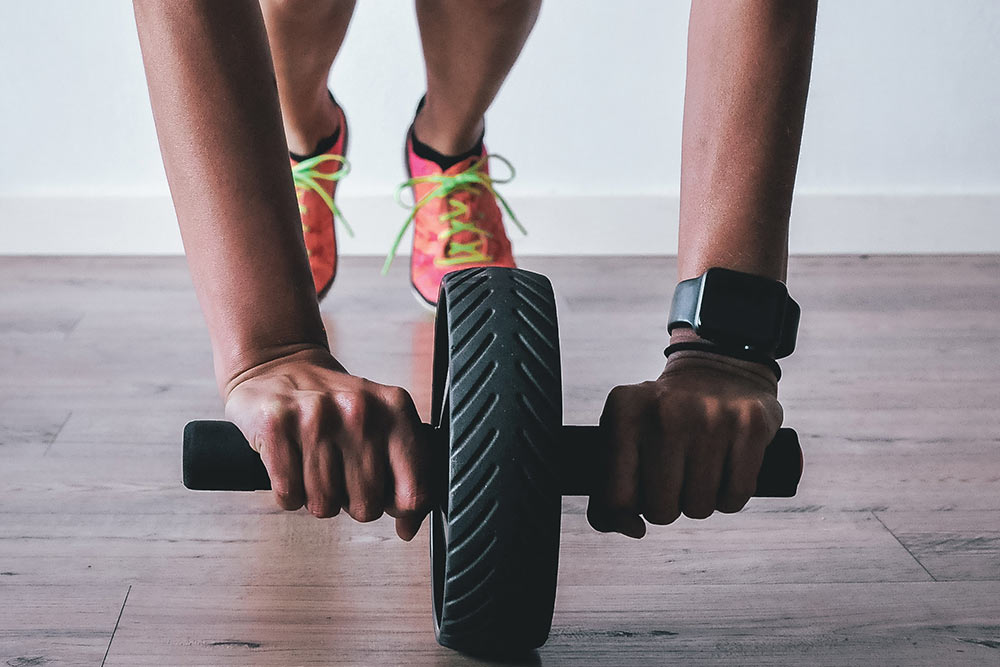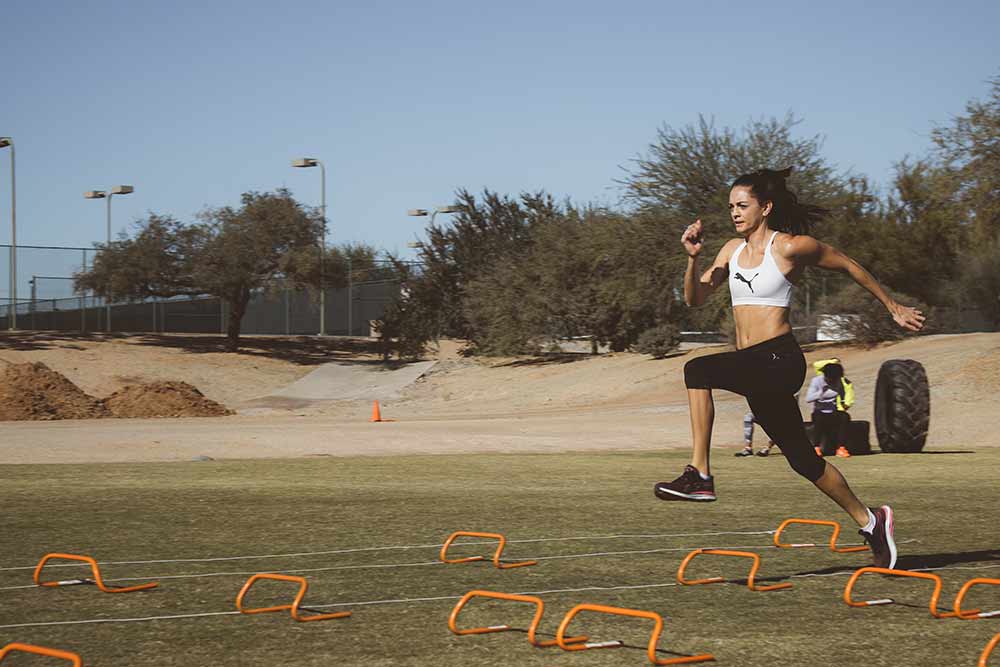5 High-Intensity Interval Training Mistakes Athletes Make

Alyssa Bialowas
High-intensity interval training (HIIT) is one of the hottest fitness trends right now, and because of this, many people have put their own spin on it to try and make it their own. When this happens, you don’t always reap the amazing benefits of HIIT and may end up doing more harm than good. It’s important to know the right way to perform HIIT in order to get the results you want.
Proper HIIT has been found to improve health-related fitness, prevent lifestyle-based chronic diseases such as obesity and type 2 diabetes, as well as decrease your risk of heart disease and heart failure (Schmitz et al. 2018). Seeing as these are such important health markers, it’s crucial you do HIIT correctly.
Related Article: How HIIT Changes Our Body
Here are 5 of the biggest mistakes people make when doing HIIT.
1. Incorrect Work/Rest Ratios
HIIT comes along with its own fundamental guidelines, of which some trainers, athletes, and gym-goers have taken upon themselves to change. This dilutes the effects of HIIT and as a result, you’re not going to reap the benefits of a proper HIIT workout. You should be using a 1 to 2 work rest ratio (for example, 20-second interval and resting for 40 seconds), and in most cases a 1 to 3 rest ratio (30-second interval, 90-second rest) or higher.
If your rest times are too short, you won’t be able to recover and perform your intervals at 100 percent, plus research has found health benefits from longer rest times. A study by Schmitz et al. (2018) concluded that longer work/rest intervals during HIIT lead to elevated levels of MicroRNA-222 (miR-222) and miR-29c, which have been identified as important modulators of cardiac growth and may protect against pathological cardiac remodeling.
Related Article: 6 Cures for Sore Muscles After HIIT
2. Training Too Often
Although consistency is important, you shouldn’t be doing HIIT more than 2 to 3 days a week. Any more than that and you could be left with an injury or total burn out. Your body needs to recover and your muscles grow by repairing, so any more than that could do more harm than good. If you properly push yourself at a high intensity during your HIIT sessions, your body needs time to recoup, and you should give it that time.
3. Training for Too Long
HIIT is meant to be short, fast and intense. If your workout is anywhere over 30 minutes, you’re not going to see the results you’re hoping for. Longer isn’t always better, especially in this case. A study by Thum et al. (2018) found that since HIIT requires a shorter time commitment, it led to more enjoyment for men and women than moderate-intensity continuous exercise. Keep your HIIT workouts to 30 minutes MAX, but if you’re pushing as hard as you can, which is the point of HIIT, your workout may only last for around 15 to 20 minutes.
Related Article: 4 Tips to Keep Your HIIT Frequency in Check
4. Not Warming Up or Doing the Wrong Warm Up
You’re much more likely to get an injury from HIIT if you don’t warm up or perform the wrong warm up. Since HIIT is so intense, it’s dangerous to dive right into it. Your body needs to be prepared for what’s to come, so do low intensity exercise versions of the high intensity exercises you’ll be performing. You can do exercises like jump squats, jump rope and jogging. You don’t need to spend too much time on your warm-up; 3 to 5 minutes is usually good enough!
5. Not Balancing Your Diet
HIIT can help you lose weight and tone up, but if you’re still eating fast food and consuming excessive calories, you’re not going to see optimal results. Your diet has to be top priority if you’re working on losing weight and transforming your body through HIIT. Although HIIT can help you reap health and weight benefits, it can only take you so far. A healthy well-balanced diet along with HIIT ensures you get top results.
Related Article: 6 Tips to Fuel Your HIIT Nutrition Plan
You Might Like:
Can HIIT Improve Mental Health?
High intensity interval training (or HIIT for short) has fast become one of the most common forms of exercise on the planet. Used by athletes and regular gym goers alike, it has been applauded for...How to Incorporate HIIT in Every Workout
Over the last few years, high-intensity exercise modalities have become super popular. Think about the rise of CrossFit or even the creation of Orange Theory. Both of these workouts are incredibly popular, and both incredibly...The Effects of Sleep Quality and HIIT
Moji Kaviani Quality of sleep appears to be positively associated with both physical and psychological health (Halson, 2016; Lastella et al., 2012). Therefore, numerous studies examined the relationship between physical activity and sleep suggesting that...What is a High-Intensity Interval Training (HIIT) Workout Anyway?
Evan Stevens High-Intensity Interval Training (HIIT) is a huge ‘hit’ with exercise researchers and the general population alike. It is less time consuming and can imbue the same if not more benefits as traditional exercises...5 High-Intensity Interval Training Mistakes Athletes Make
Alyssa Bialowas High-intensity interval training (HIIT) is one of the hottest fitness trends right now, and because of this, many people have put their own spin on it to try and make it their own....5 Ways HIIT Improves Fitness in Women
Alyssa Bialowas Research poll after research poll, male and female adults express that one of the biggest barriers they face to frequent exercise is lack of time. One common assumption is that exercise and physical...Schmitz, B., Rolfes, F., Schelleckes, K., Mewes, M., Thorwesten, L., Krüger, M., Klose, A., and Brand, S. “Longer Work/Rest Intervals During High Intensity Interval Training (HIIT) Lead to Elevated Levels of miR-222 and miR-29c.” Frontiers in Physiology, 9: 395.
Thum, J.S., Parsons, G., Whittle, T., and Astorino, T.A. “High-Intensity Interval Training Elicits Higher Enjoyment than Moderate Intensity Continuous Exercise.” PLoS One, 12(1).















